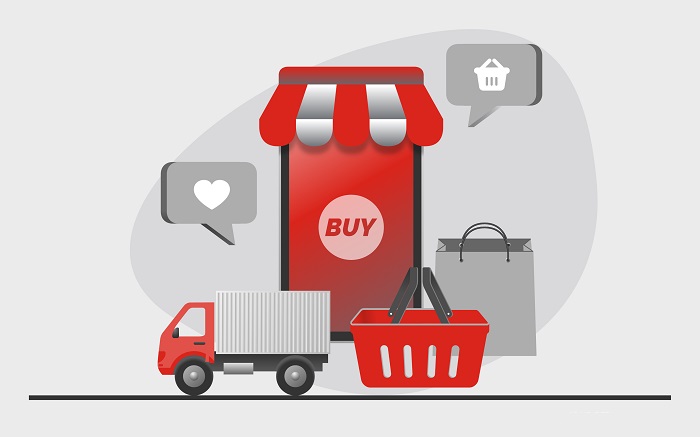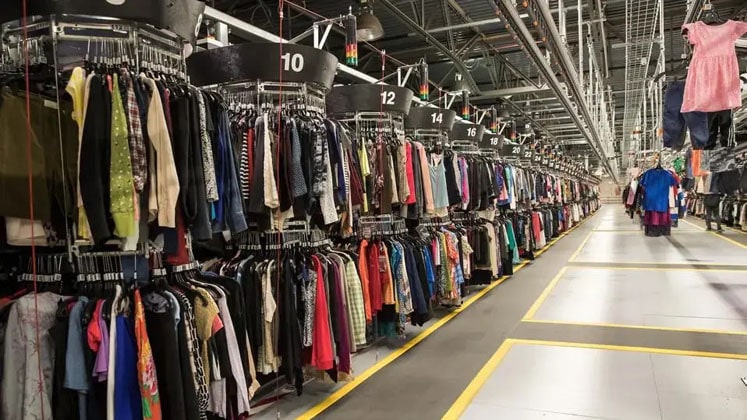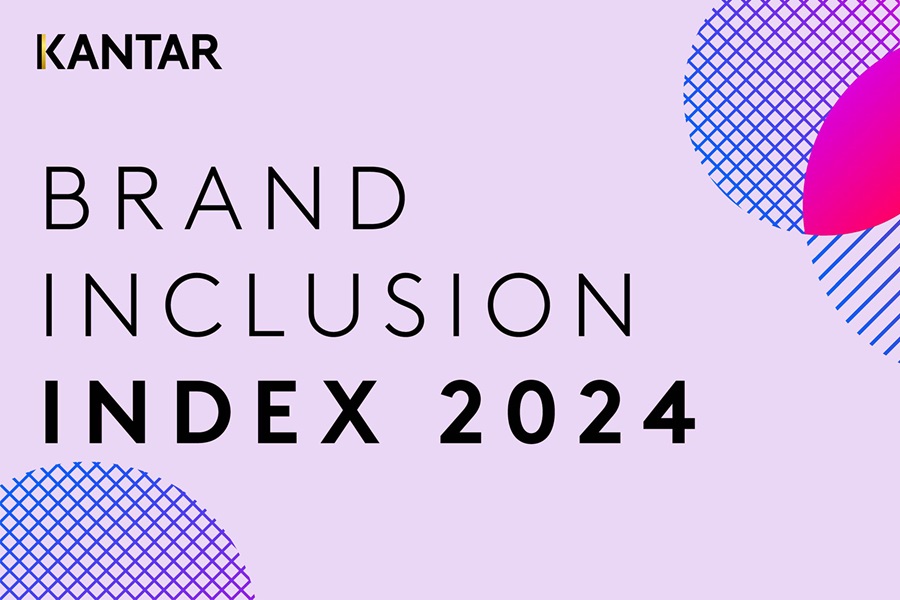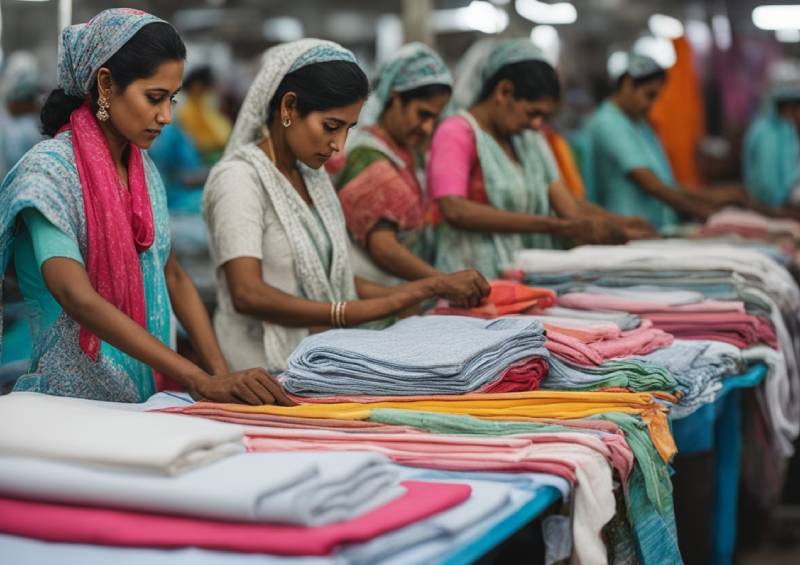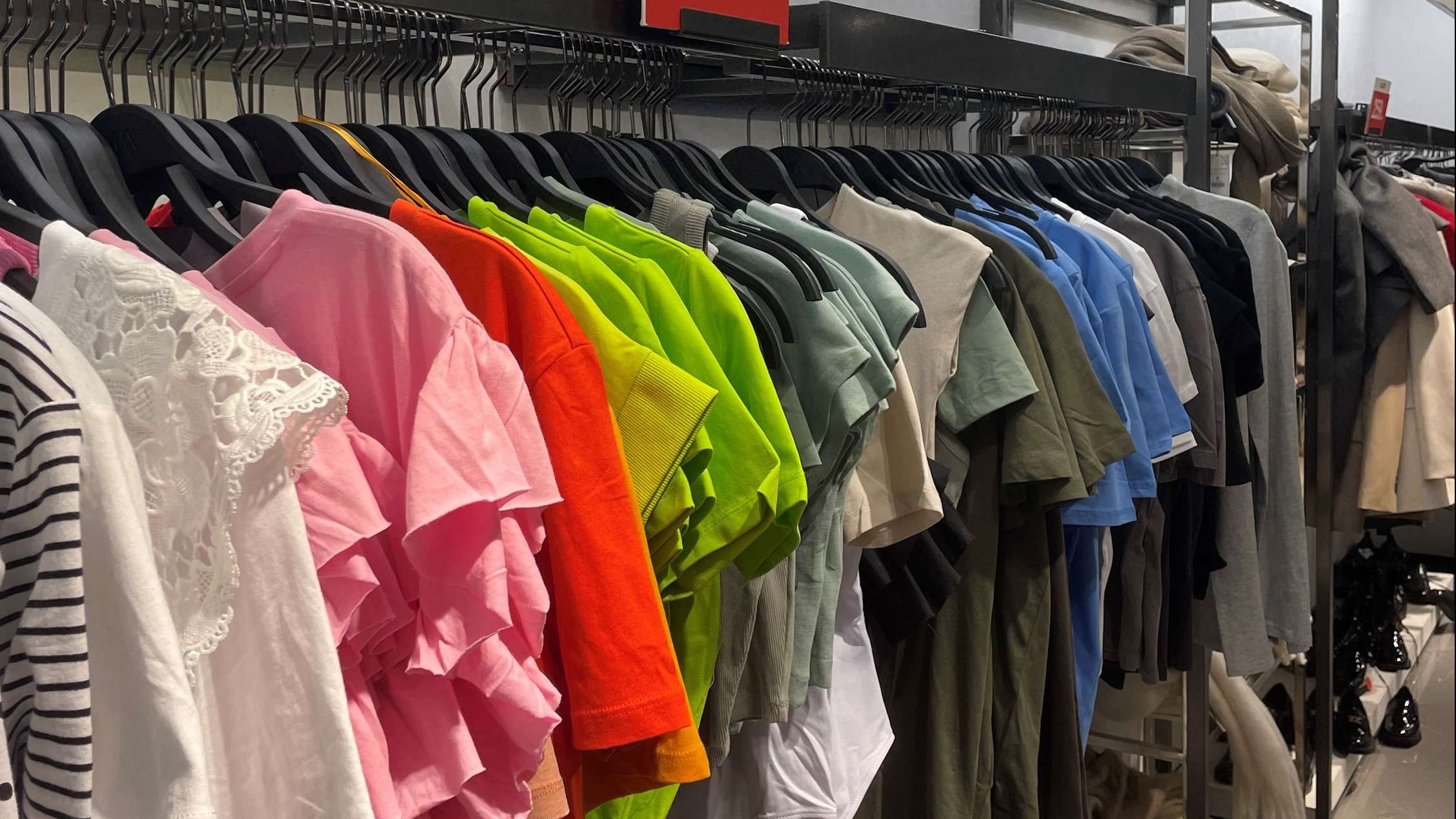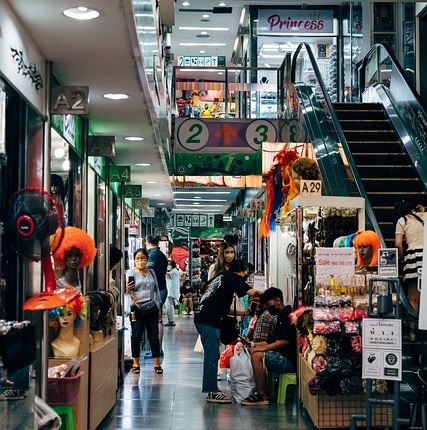
Although the greatest glory lies in never falling, but in rising every time we fall, it seems that China’s chips are finally down with slow economic recovery and deflation fears that has driven down stock prices and yuan value in the apparel segment to their lowest levels post-Covid. For the luxury apparel industry to maintain strong growth in given scenario, China has to quickly get its act together. However, even though the market is recovering, growth needs to be cautious.
Over lingering Covid lockdowns in China which deflated the economy, the US markets had taken over the luxury segment with Gucci sneakers, Rolex watches and Louis Vuitton handbags in the shopping bags of affluent shoppers. However, with post-Covid buying sprees almost over and recession setting in, the US markets are also slowing down and all eyes are back on China.
US sales of luxury brands slow down
When China finally reopened post lockdown, long after the rest of the world was back to normal, many European luxury goods groups, including LVMH Moet Hennessy Louis Vuitton SE, Kering SA, Hermes International, and Cie Financiere Richemont reported better than usual sales in their physical stores. Even a few months ago, Chinese shares were among the best-performing globally as investors from all industries bet on China’s economic recovery after the lifting of the pandemic restrictions after the new Covid wave in 2022.
However, recent economic data out of China looks unreliable as manufacturing and production output is even slower than in April, while services expansion eased. China is still a big question mark for the global luxury apparel segment as although there has been a rebound in Q4. In 2022, when lockdowns were finally lifted, recovery was slower than expected with a lot of psychological denting.
A Washington Post report highlighted even well-heeled Chinese customers who usually buy luxury goods are being cautious and President Xi Jingping’s agenda to increase the common prosperity levels in the country has taken a backlash. Along with the global recession, another emerging Covid wave may just happen and although the Chinese government may not reintroduce restrictions and lockdowns of last year, luxury apparel sales will definitely be affected. Across South East Asia, there is cautious growth in all the major cities of Hainan, Macau, Hong Kong and Singapore where malls and premium shopping centers are recording slower growth.
However, there is still some post-Covid splurging demand among richer global consumers who are significant drivers of spending on premium products. Some top-of-mind luxury brands with big budgets such as LVMH, Hermes and Richemont are still doing reasonably well while profits of Kering, are looking more unpredictable. UK-based Burberry Group that accounts for about 30 per cent of sales from affluent Chinese and US shoppers now looks shaken and unpredictable.
Sarah Willersdorf, Global Head of Luxury, Boston Consulting Group points out, China was the big unknown for growth next year as it is seeing a strong recovery across most categories in the country. As China continues to open up, tourist traffic flows will be different. One needs to be able to serve a Chinese customer well in Australia, versus in US cities.
Luxury sales from the Chinese community are expected to remain strong for now, as Chinese tourism to Europe and the Western world has commenced again from this year and into 2024 increasing global sales of luxury apparel. As per Morgan Stanley by April this year, travel from China was back to 47 per cent of 2019 levels but flight shortages and European visa issues are a bug bear. Domestic demand may now be unreliable but there is hope that China will be back on its feet soon.




